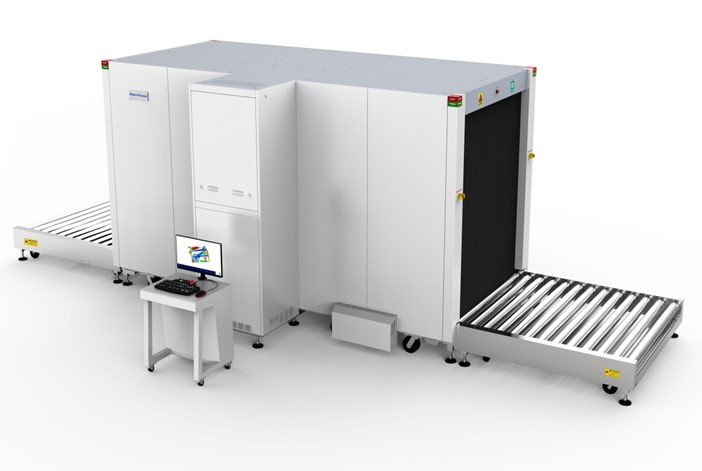Blogs
What do airport baggage scanners see
Airport scanners can see detailed images of your luggage, including metallic, non-metallic, and organic materials. Despite the complex technology behind them, the scanning process for both your body and luggage is straightforward. When your luggage is inside the scanner, it releases X-rays that pass through the bag, allowing the scanner to calculate the mass and density of the contents.

Although scanners can determine the density and mass of everything in your luggage, they may not always identify the specific objects. If an item raises suspicion, security personnel will inspect the bag manually. To avoid this, it’s essential to follow the rules and regulations of your airline.
Can Airport Scanners Detect Drugs?
Technically, airport scanners don’t detect drugs directly, but they can provide visual clues if drugs are hidden under clothing or in luggage. While scanners can’t determine the exact composition, they can identify whether an object is organic, metallic, and its density. Organic materials such as drugs, food, explosives, or paper appear orange on the scanner.
If a passenger is suspected of carrying drugs internally, they may be scanned with a full-body X-ray machine, which can detect packages inside the stomach.
Can Airport Scanners See Pills?
Yes, airport scanners can detect pills, whether they’re in plastic, non-metallic, or metallic bottles. The scanners can easily identify pills you’re traveling with, including those in liquid form. If you’re carrying liquid medications in your carry-on, they must not exceed 3.4 ounces (100 ml).
Can Money Appear in Airport Baggage Scanners?
A high-quality X-ray scanner will always detect money. Airport scanners can detect even the smallest amounts of metal and paper. They look for anomalies, so if currency is arranged in bundles, it will be more easily detected.
Overall, airport scanners can identify anything that isn’t part of the human body and can spot items concealed under clothing or layers.
